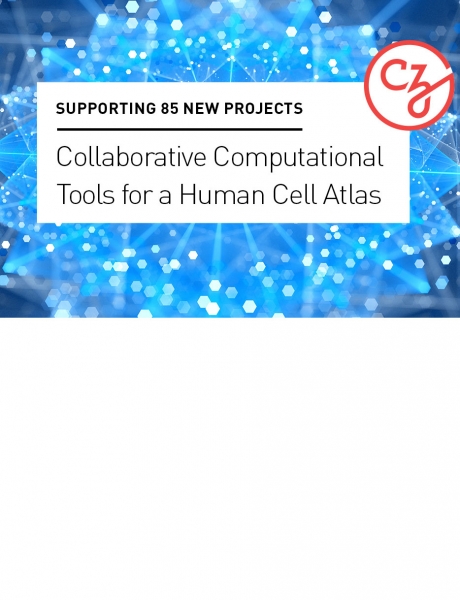
Reaching out to comprehensively chart the composition of the human body, the Human Cell Atlas project conducts cellular phenotyping on single-cell level. RNA sequencing methods are at the forefront to inform about cell types and states. However, there are large differences between single-cell RNA sequencing (scRNAseq) techniques and it remains elusive which protocols are most adequate to draw a tissue atlas. Before launching into large-scale data collection efforts merits comprehensive comparison of single-cell analysis techniques.
Extending current efforts to compare molecule capture efficiency between scRNAseq methods, we generate benchmark datasets to systematically evaluate techniques for their power to describe cell types and states comprehensively. We propose to perform a multi-center study comparing the most common scRNAseq protocols using a unified sample resource. The complex reference sample was aliquoted (>100 vials) and cryopreserved, being ready for distribution to the partnering institutions. With the analysis of peripheral blood mononuclear cells (PBMC) and colon tissues, the sample includes a high complexity in cell types and states. The addition of spike-in cell lines and RNA controls further enables the assessment of composition biases and batch effects, and the combination of different species allows the estimation of doublet rates.
The study involves 14 different scRNAseq methods and 16 centers for a comprehensive comparative analysis of sensitivity and replicability across methods and centers, respectively. Eventually, we aim to combine datasets from different methods in order to draw a high-resolution atlas of peripheral blood and colon tissue.
More info: https://grants.czi.technology/










